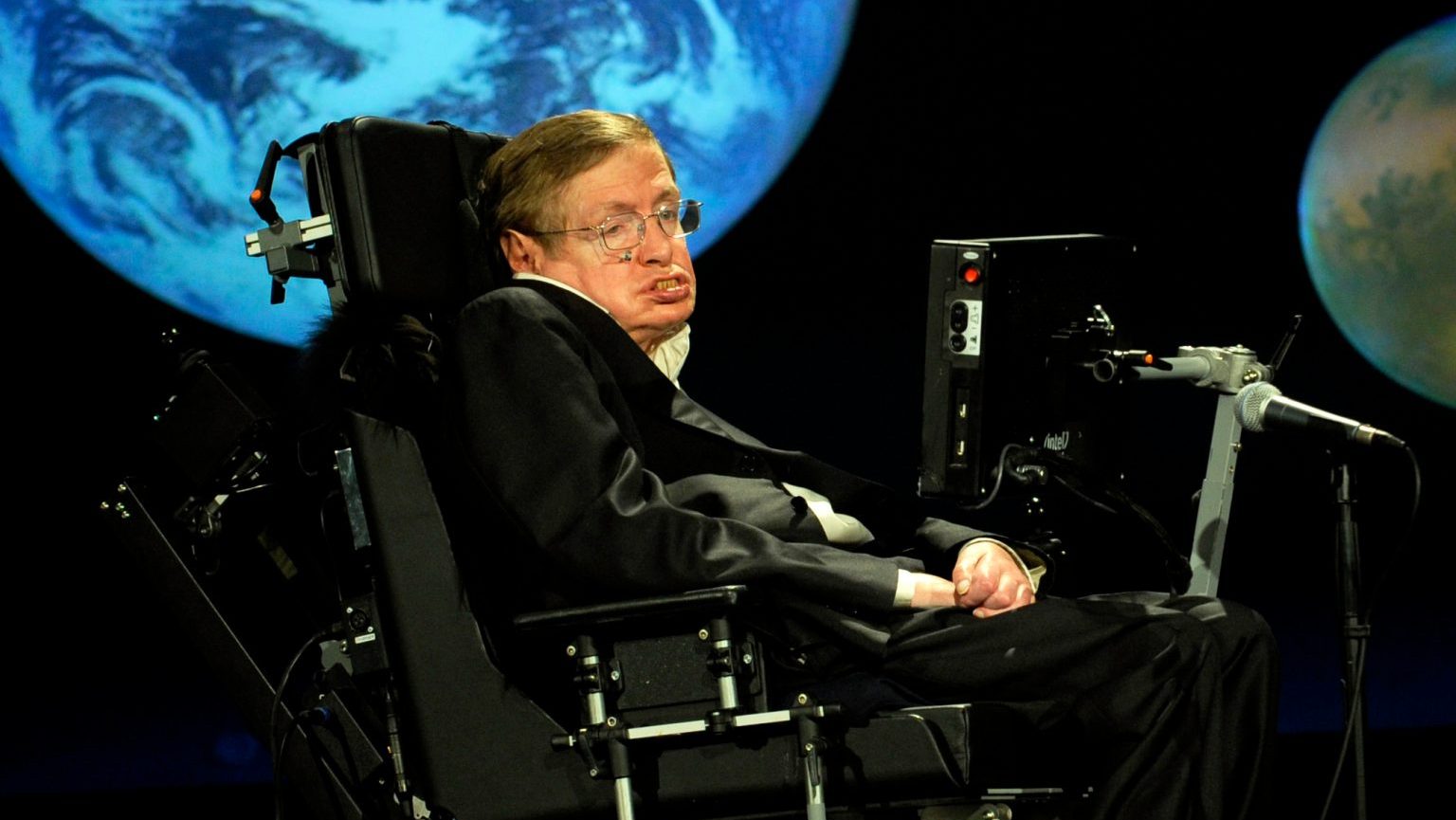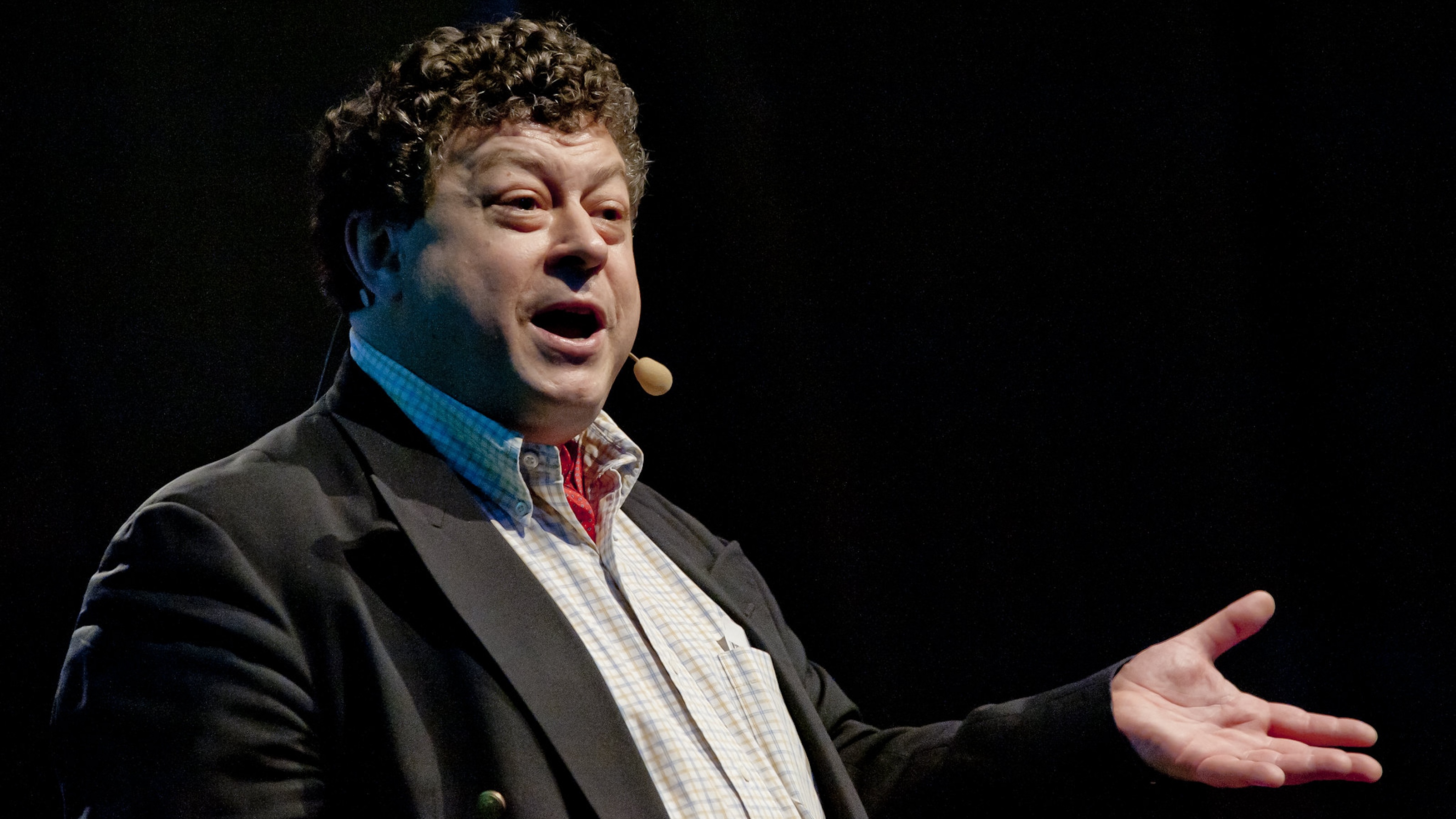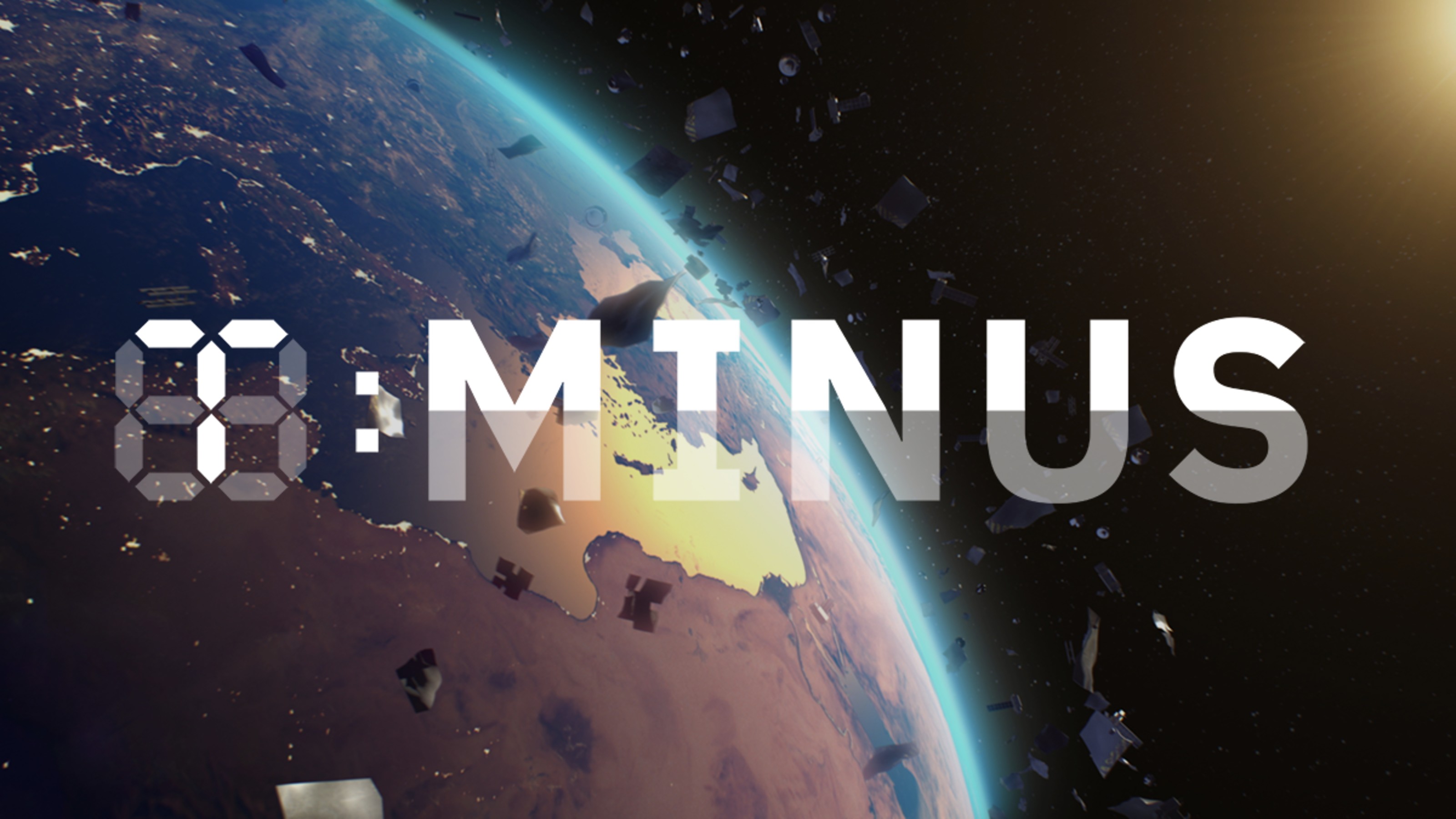A conversation with the actor.
Question: When did you know you wanted to be an actor?
Joel Grey: Well, I didn’t know who I was gonna be and I was actually, I guess, I was questioning that even in my early, early years because I sort of was in a chaotic family. And I sort of knew that I could sing and dance, you know, around the grandparents and that sort of thing, but I was taken to the theater by my mother—a children’s theater called "The Curtain Pullers," in Cleveland, Ohio—and I watched the show and I said, “I want to do that.” And that was it. I mean, it’s never, ever changed. I knew what it was I was going to do at that moment. How, I don’t know how to explain that, but it sort of gave me a purpose and a place to put all of my particular chaos into something very productive. And I loved it. And I learned so much.
I think I learned more about the theater and about my craft in those three years between nine and 12 than I ever did again. And I studied with Sanford Meisner at the Neighborhood Playhouse and Wynn Handman and I’ve worked with some great people and learned a lot, but I think that what I learned between nine and 12 has had a tremendous impact on who I am as an actor.
Question: What are some of the more memorable things that you've experienced on stage?
Joel Grey: My very first experience in this play “On Borrowed Time” that I did when I was nine. And I had a death scene, and I actually was on the stage and I heard people sobbing in the audience. I thought, “Wow. Wow! This is the real thing.” This is what the theater’s about. And the fact that I can be a part of that. Because very often when people have an experience in the theater, they very learn some life lessons. So there’s something that you kind of feel is maybe important, even if it’s to one person.
And then I was on stage with my father who was a great Yiddish comedian, and I was 16 years old. And I didn’t know how to sing or dance, but I wanted to be on the stage, so he gave me a part in his variety show and I came out and I’m singing this song and the audience is hysterical. And it wasn’t a funny song. So, finally somebody in the front row I think went—and I went, oops. And then I don’t know what made me do it, but it wasn’t just smart. I said, “I never got such a big hand on my opening.” And that’s at 16.
A very strange thing that happened, I was working out in Summer Stock and at the end of the show I was taking a bow and you know, sometimes people reach up to you and there was this young man who reached up to me and as I looked at him I saw in his eyes, there was something wrong. And he in fact, pulled me off the stage into the pit. And luckily I didn’t get hurt, but those are some of the chances you take. And of course, I’ve been injured on the stage and injured in movies and I can... you know, dancing just takes every muscle, especially if you’re not a dancer, a natural dancer. I’m essentially an actor. And the fact that I got away with singing and dancing for a long time is still a miracle to me.
Question: How do you prepare for a role?
Joel Grey: Well when I read a script, the important thing is that I can connect in some way with that character and have some idea from what his story that I can tell that story too, because that’s all acting is, is storytelling. And sometimes the characters are way out there and they take a lot of looking to find the connection between me, as I know me, and the character that’s been written by this hopefully gifted author.
Acting always affects every part of your life because it’s such a solitary, lonely and thrilling circumstance that you’re taking on someone else’s character and that responsibility. It’s exhausting. And I remember I used to try things out as a character on friends and relatives and they would say, “What’s wrong with you? Are you ill? Why are you stuttering? You don’t stutter.” But the character stuttered, so I stuttered. You know, just to sort of see, was I doing it right. Naughty.
Question: Is it different acting for the stage as opposed to for the screen?
Joel Grey: I don’t think it’s particularly different... storytelling. And I think the director is in charge in a film. No matter what you do, he can change what you do. He can change the thought you had; he can change the point of view that you believe your character should be expressing. And if he doesn’t, he can alter that. On the stage, we’re in charge. It’s the actor’s medium.
On a movie, generally speaking, if it’s a quality movie, you have a long time to prepare and they do that... 10, 15 takes sometimes. So you have to prepare for yourself for that rhythm as opposed to television where they say, “Oh, we’re running out of time, can you do this quickly.” And you’re lucky if you get two takes. But they’re both challenging and interesting. I just think you end up getting a more spontaneous response to... when you’re doing a television show, and you get a chance to maybe carve something the way you do in a rehearsal for a play if you have a longer period of time working on a project.
Question: What’s the hardest role you’ve had to play?
Joel Grey: Well, if they’re ambitious, they’re all hard. There was an intensity and a darkness to the character to the Master of Ceremonies that it was sort of depressing. I mean, being the embodiment of the Nazi Party, you know, it meant I had a lot of responsibility to say that clearly as an actor. And then I played George M. Cohan in a musical and it was so relentless in terms of my being on the stage that the aspect of having enough energy to do it eight times a week was really challenging. I mean, I don’t think I’ve ever had a harder, a physically harder role, than that.
Question: What makes live performances so special?
Joel Grey: It’s more ephemeral. I mean that performance that you see, no one else will see that. It’s yours. And the experience that the actor has on stage is, “Wow, something happened tonight. Something extra.” The extra doesn’t happen when it’s already a film or a television show. The extra.
There’s always going to be a bunch of people who want to sit in a room and hear a story. And also, see the humanity of hearing that story from a live person, that it’s gonna, you know... No performance, live performance, is the same. And if it hasn’t been filmed and you were there and it was great, it was just... it was only in your memory. It becomes something magical in that way. That’s very appealing and compelling to me. I love to go to the theater.
I saw Lee J. Cobb in “Death of a Salesman” when I was about 15 and I couldn’t get up from my seat in the theater I was so... I was weeping and I was upset. And I find that people are still like that in a similar circumstance in a theater today, where they just can’t get up. It’s too heartbreaking. Or somehow you respond to it. And it touches a nerve. But that doesn’t happen in the same way when you’re sitting having a Big Mac in front of your television set and the popcorn going on and the kids are pulling at you. And you know, it requires... the theater requires an audience that’s equally focus as the actor for it to really happen.
Question: You advised your daughter Jennifer not to go into acting initially. Why?
Joel Grey: Oh, it’s hard. Acting is very, very difficult. It’s a difficult life and you have to want it with every bone in your body, every ounce of your being to be able to take the rejection and the physical toll. And as a dad, I knew that very well and I didn’t think that that was something that I should encourage, certainly not as a kid actor, because I had no childhood. I didn’t have... didn’t do any of the things... I didn’t do, you know, pals and the prom and all that. I was a stage kid very early. And I wanted her to have that average experience. And then if she wanted, when she graduated college, I thought, then she could, in fact, yes, follow a career. But she didn’t’ listen to me, as kids don’t. And she needed to act. She needed it. And so she started to do it when she was 16 and there was no turning back, and no changing her mind. And when I saw how good she was, I felt better about it. I thought, oh she could have a career. Oh she’ll be safe. I mean, you want your kids to be safe. That’s what the whole thing’s about.
Question: What would you tell someone starting out as an actor today?
Joel Grey: Don’t do it! No. I would say: if acting or a career in dance or opera is what you want, you have to be prepared for it to be the hardest thing that ever happened. And if you can’t think of doing anything else in life, if you just can’t imagine yourself doing anything... that’s the way to do it. And then you put yourself in a position where you go to school, you go to acting school and you work in Summer Stock and you work in regional theater, and you take class and you may become... you may have it. But if you don’t have that belief in yourself and the desire to do it, that’s burning... if the burning isn’t there. And if it’s about success and about notoriety, forget it. That’s a bad path. It can come, but that’s not the thing that should motivate anybody ‘cause they’re going to get a resounding slap in the face.
Question: Are there particular aspects of the theater business that make it hard for young actors?
Joel Grey: I think if you’re good, you’re good. You know? And I think people can get into the wrong stuff and it’s up to them and their karma and whatever the plan in life for this person is to get out of that and sometimes come to the theater to find out what it is they really want to do. And then they sometimes go back. But if you like... like on some reality show or something like that, it’s really bizarre. It’s bizarre because that’s, that’s... I think a lot of people want to be in show business because of the athletes. The fact that we so lionize our athletes and they are paid such astronomical sums. I think people think, "Oh, I can do that." You know, if they’re working in the theater and they see "America’s Got Talent" and whatever, there’s always been those talent shows that make people think, “Oh, I can do that.” And everybody can’t do that.
Question: What's the best part about being an actor?
Joel Grey: The thing about acting that, for me, is always driven me is the honor of it. The honor of being able to change a person’s life by what it is you do. By illuminating an idea.
By being the instrument... people come to the theater in a bad mood and they see something that cheers them and takes their mind off it. That’s a responsibility and an honor. And I just think I’m very lucky to have always wanted it for that reason because it’s like a higher calling, in a way. And that I could be a part of that.
Recorded September 9, 2010
Interviewed by David Hirschman





